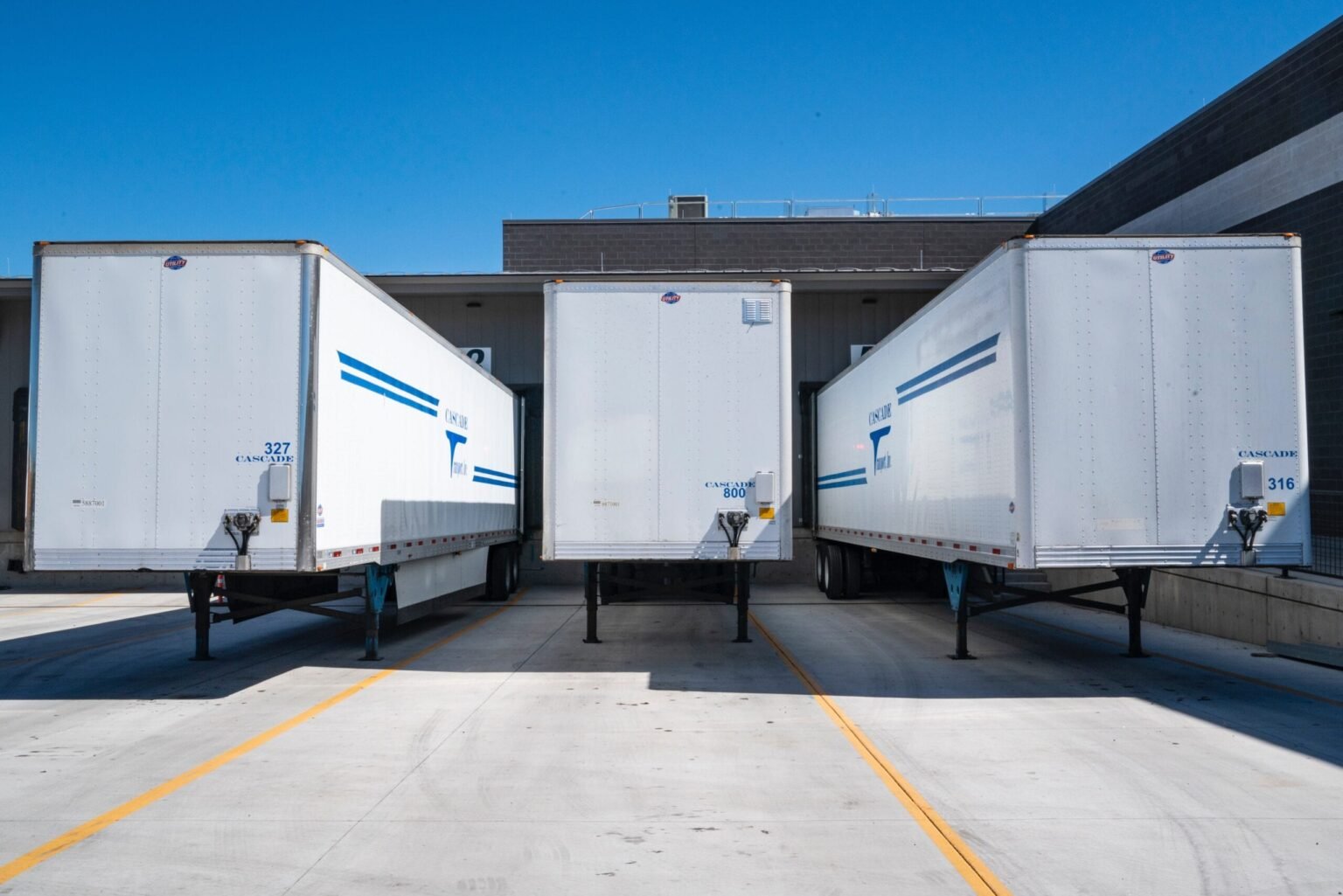Managing a Third Party Logistics (3PL) warehouse has unique difficulties, including logistical challenges and changing client needs. Addressing these issues necessitates proactive plans and a thorough grasp of the business environment. In this article, we will look at a few of the most prevalent difficulties that 3PL Services confront and realistic ways to minimize these successfully.
Challenge 1: Managing Inventory and Precision
Keeping correct data on stocks and monitoring the stock quantity may be complex tasks for 3PL facilities, mainly when dealing with different lines of products and unpredictable demand.
Solution:
Employ efficient inventory control methods and technology, like warehouse management methods (WMS) and barcode scanning: frequent cycle counting and continuous monitoring assist in reducing errors and ensuring stock correctness. Implementing an RFID system can improve transparency and expedite processes for controlling inventory.
Challenge 2: Expansion and Adaptability
3PL warehouses require the capacity to adjust processes up or down by changing seasons or unexpected shifts. Expansion can be difficult to achieve while yet preserving operational effectiveness.
Solution:
Engage in scalable infrastructure and adaptable storage options to handle variable inventory levels. Implement flexible warehouse layouts and flexible shelf solutions that may be quickly adapted to shifting storage demands. Keep an inventory of skilled temporary employees or collaborate with employment firms to swiftly increase the workforce during hectic times.
Challenge 3: Technological Integration and System Harmony
Combining various technologies and maintaining interoperability with multiple systems (e.g., WMS, ERP, TMS) is critical for efficient workflows and reliable information. However, technical unification might be difficult because of complicated interfaces and disparate software systems.
Solution:
Prioritise compatibility when picking new technology and software options for your 3PL warehouse. Select solutions with open APIs (Application Programming Interfaces) to facilitate interoperability across current systems. Work directly with IT experts and software providers to create strategies and quickly resolve connectivity concerns.
Challenge 4: Achieving Service Level Agreements (SLAs)
Achieving or surpassing service level agreements (SLAs) is crucial to client happiness and engagement. Obstacles to fulfilment, faulty delivery, or inadequate communication might endanger SLA compliance.
Solution:
Establish unambiguous SLAs based on observable measures like order precision, timely delivery rates, and turnaround times. Set up monitoring instruments for performance and panels to measure critical indicators in actual time. Encourage an environment of responsibility and continual development among warehouse employees via frequent instruction and performance assessments.
Challenge 5: Workforce Administration and Skill Scarcity
Hiring and maintaining qualified warehouse workers is still a significant concern for 3PL warehouses, especially during high periods or in competitive labour markets.
Solution:
Create complete labour management plans for instruction, professional growth, and staff engagement. To draw in and keep people, provide favourable wages and perks. Develop cross-training courses to increase staff adaptability, enabling them to manage numerous responsibilities and duties efficiently.
Challenge 6: Increasing Operating Costs and Marginal Demands
Increased operating expenditures, such as rent, personnel, services, and spending on technology, might influence 3PL warehouse performance. Margin constraints increase the demand for economical options that do not compromise the level of service.
Solution:
Perform frequent cost-benefit evaluations to find potential cost reductions and improve operational effectiveness. Employ lean management methods to reduce wastage and maximize resource use. Consider strategic alliances or agreements with suppliers and logistics providers to obtain more significant benefits and lower sourcing expenses.
Challenge 7: Compliance with Regulations and Security Requirements
Compliance with severe legal demands, security protocols, and ecological regulations is critical for 3PL warehouses, especially in healthcare medications and food preservation areas.
Solution:
Maintain awareness specific to the field and provide regulatory education for warehouse employees. Perform frequent inspections and audits to verify compliance with security measures and ecological standards. Work with regulatory bodies and industry groups to keep up with legislative developments and effectively handle conformity concerns.
Challenge 8: Overseeing Pinnacle Season Interest
3PL warehouses face a significant challenge when managing spikes in demand during peak seasons. To do so, they must be more operationally ready and efficiently allocate resources.
Solution:
Demand forecasting methods accurately anticipate peak times using historical data and market trends. Foster emergency courses of action for extra staff, impermanent extra room, and improved operations limit during top seasons. The team works closely with clients and providers to adjust creation timetables and stock levels with expected request changes.
Challenge 9: Store network Perceivability and Straightforwardness
The supply chain’s end-to-end visibility and transparency must be maintained if inventory management is improved, stockouts are reduced, and customer demands are met more effectively.
Solution:
Take on cutting-edge inventory network advancements, such as constant global positioning frameworks, IoT-empowered sensors, and cloud-based information examination stages. These tools provide insights into order fulfilment procedures, shipment statuses, and inventory levels. Improve visibility and streamline operations by encouraging collaboration with supply chain partners through integrated data sharing and collaborative planning.
Challenge 10: Putting Sustainable Practices into Action
For 3PL warehouses under pressure to reduce environmental impact and comply with regulatory requirements, meeting sustainability goals and managing operational efficiency is becoming increasingly important.
Solution:
Implement eco-friendly packaging materials, energy-efficient lighting systems, and initiatives to reduce waste to incorporate sustainability into warehouse operations. Implement strategies for reverse logistics to make it easier to recycle and reuse packaging materials and returned goods. To demonstrate your commitment to environmentally responsible practices and attract eco-conscious customers, seek certification from environmental standards organizations.
Conclusion
Managing the issues encountered by 3PL warehouses necessitates an anticipatory strategy, thoughtful planning, and ongoing adaptability to market developments. Carrabba’s Group can maximize processes, improve client satisfaction, and support sustainable development by efficiently handling inventory management, flexibility, integrating technology, SLA conformity, labour administration, operating expenses, and legal obligations.
Identifying the particular difficulties and applying tailored remedies improves operating durability and establishes 3PL warehouses as reputable stakeholders in the supply chain environment. Employ creativity, cultivate an atmosphere of constant enhancement, and promote stakeholder engagement to conquer obstacles and accomplish long-term achievement in the global logistics market.
